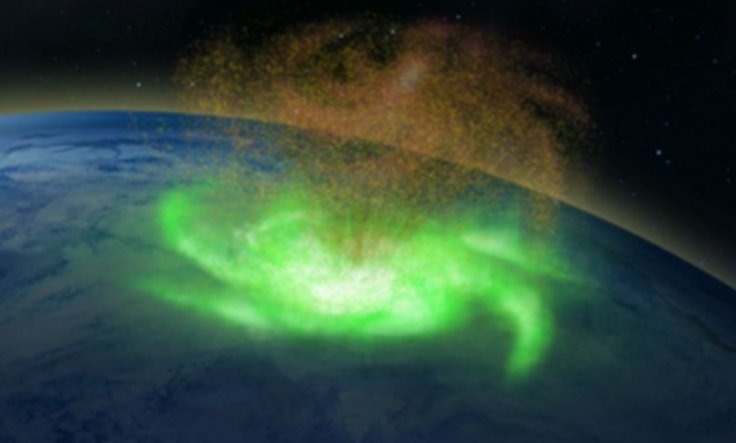A team of scientists led by experts at Shandong University in China has discovered a space hurricane that measures over 600 miles swirling above the North Pole. Interestingly, this space hurricane observed by satellites in the planet's upper atmosphere rained electrons instead of water. Observations suggested that the hurricane that swirled in an anti-clockwise direction lasted nearly eight hours before breaking down.
Researchers who took part in this study detected this space hurricane after analyzing satellite observations made in August 2014 through which they tried to construct a 3D image of the phenomenon in Earth's ionosphere.

Implications of Space Hurricanes
Scientists who took part in the study suggested that these space hurricanes could result in space weather effects and disruption to GPS systems. The study also proved the existence of space hurricanes, which had not been detected earlier.
The space hurricane has a quiet center, quite similar to its earthly counterpart, and also has multiple spiral arms and widespread circulation.
"Until now, it was uncertain that space plasma hurricanes even existed, so to prove this with such a striking observation is incredible. Tropical storms are associated with huge amounts of energy, and these space hurricanes must be created by unusually large and rapid transfer of solar wind energy and charged particles into the Earth's upper atmosphere. Plasma and magnetic fields in the atmosphere of planets exist throughout the universe, so the findings suggest space hurricanes should be a widespread phenomenon," said Mike Lockwood, space scientist at the University of Reading, in a recent statement.
Understanding Space Weather and its Implications
The study report now available in Nature Communications also suggests that learning more about these types of space hurricanes could help in understanding the interaction between interstellar winds and other solar systems throughout the universe.
Satellite technology has helped a lot to learn more about space weather, which could have implications in determining the weather on earth too. With the help of advanced satellite technology, scientists have shed light on the implications of solar wind on earth, and experts believe that detection of this space hurricane could help them understand more about its impact on weather patterns and GPS systems on earth.









